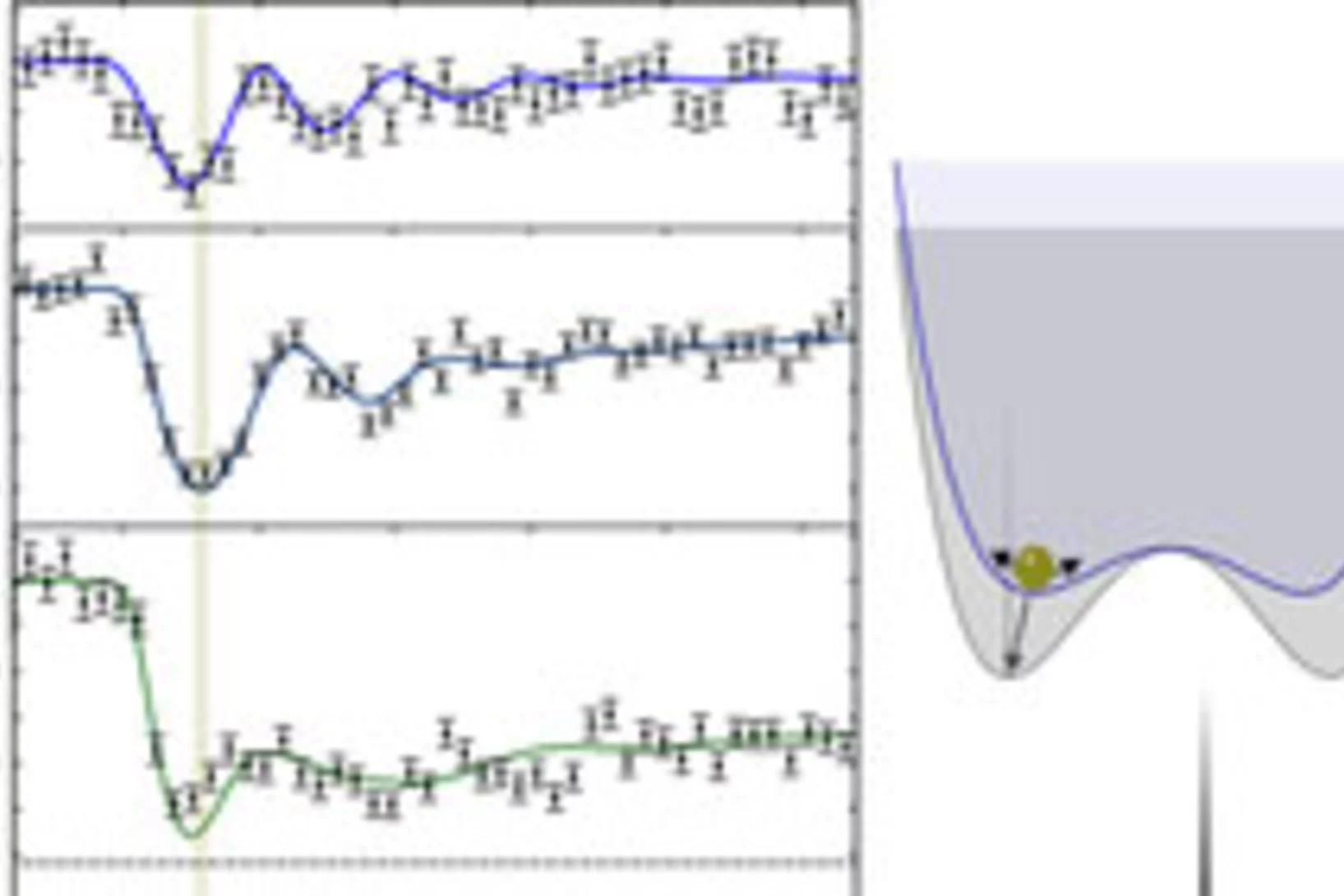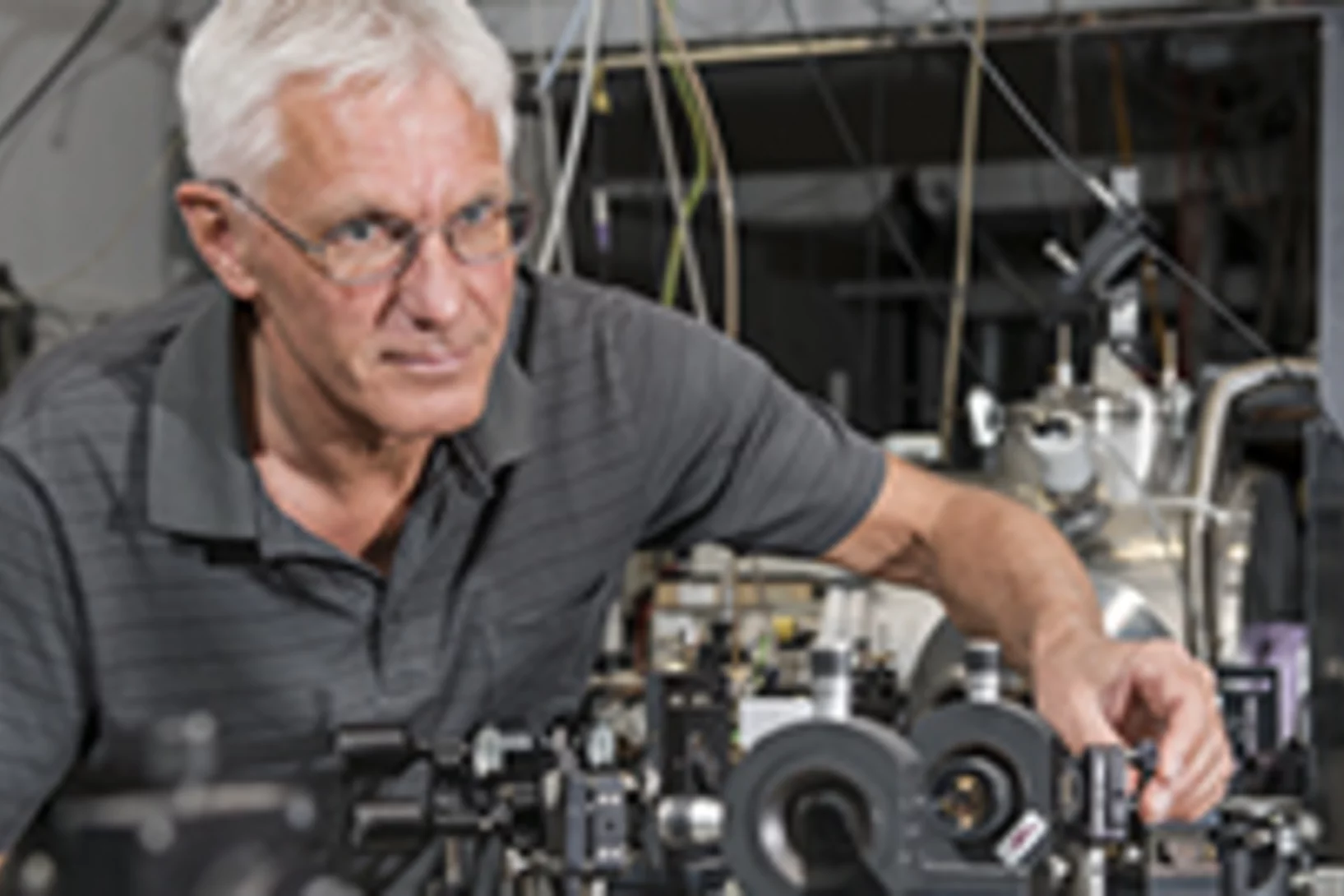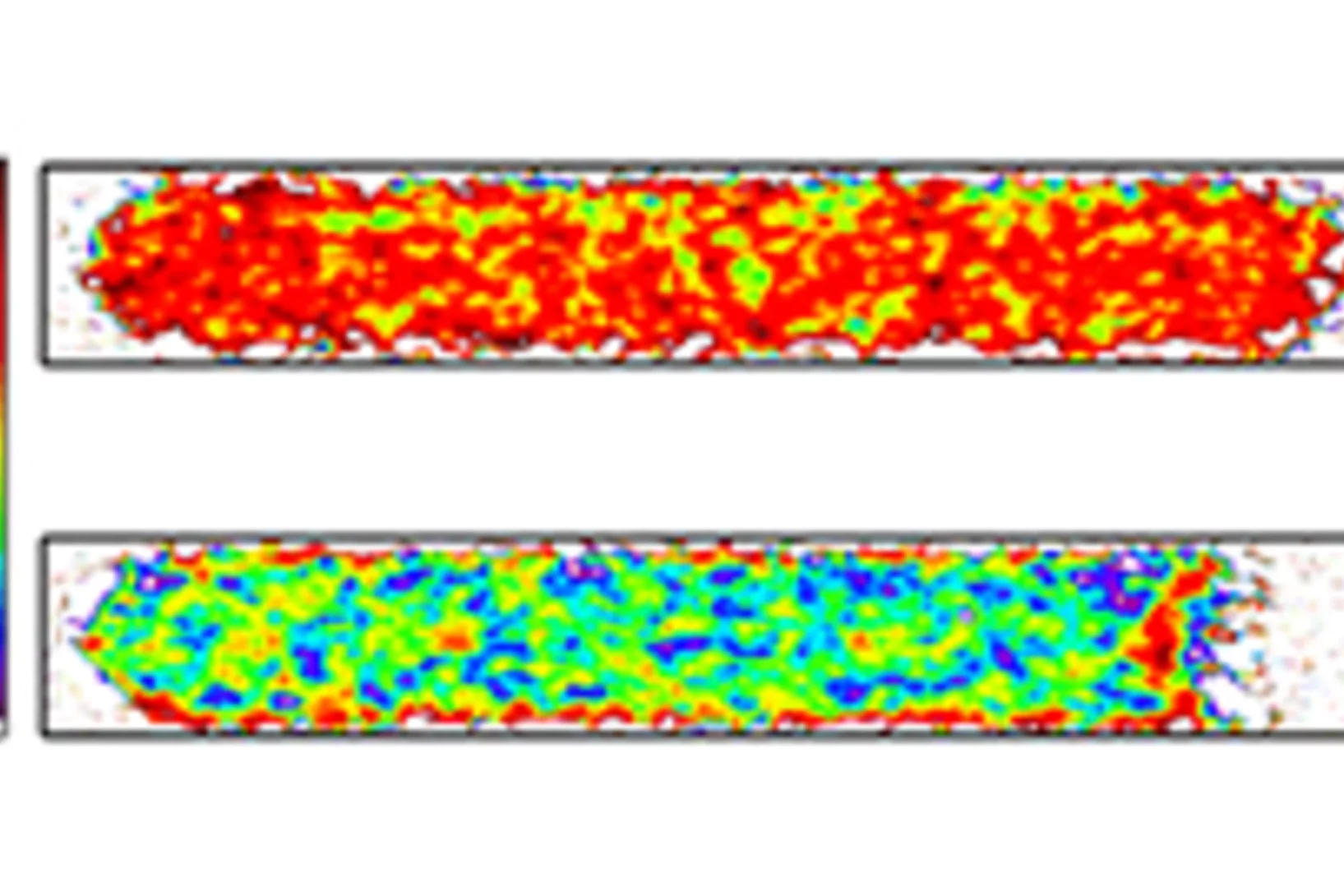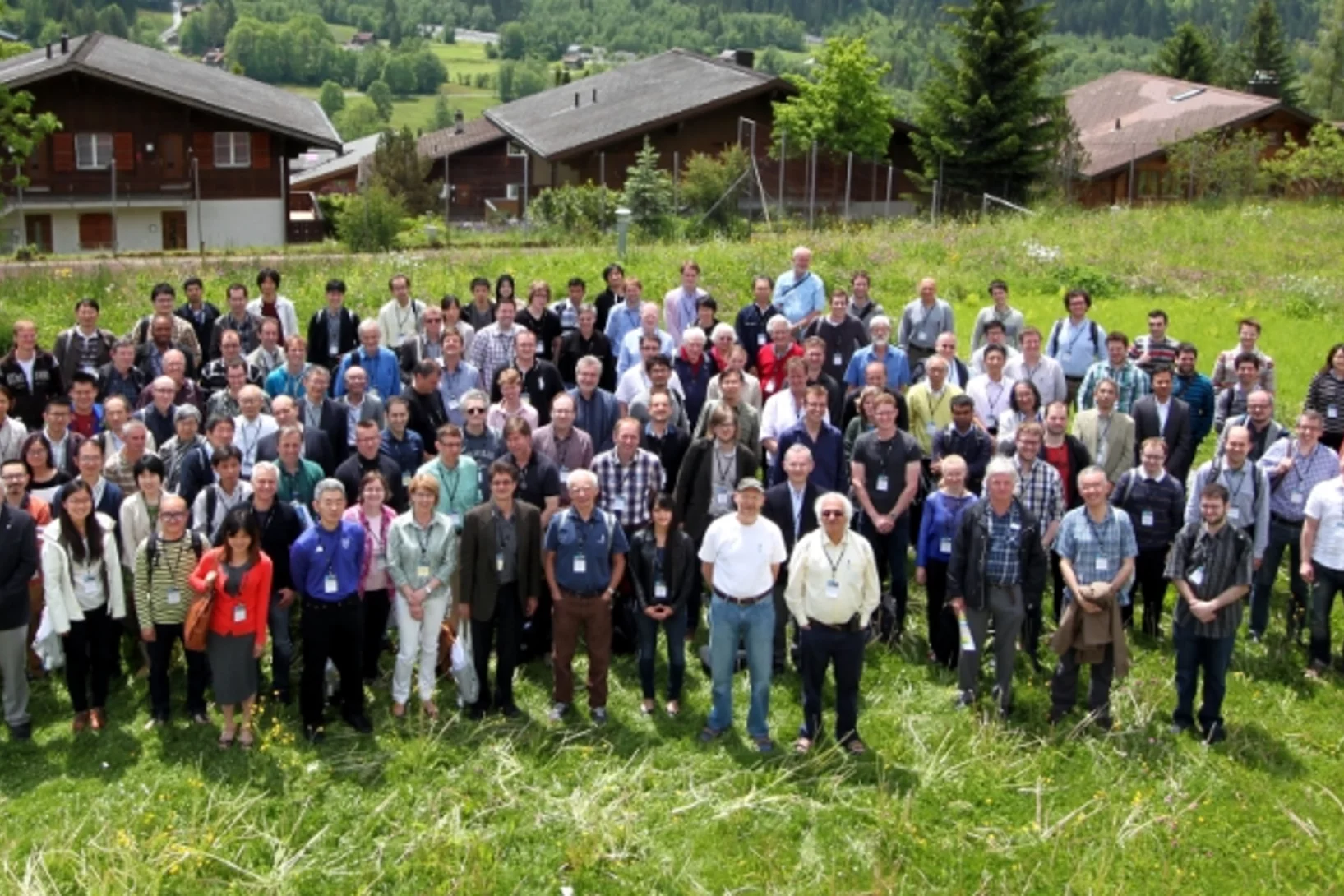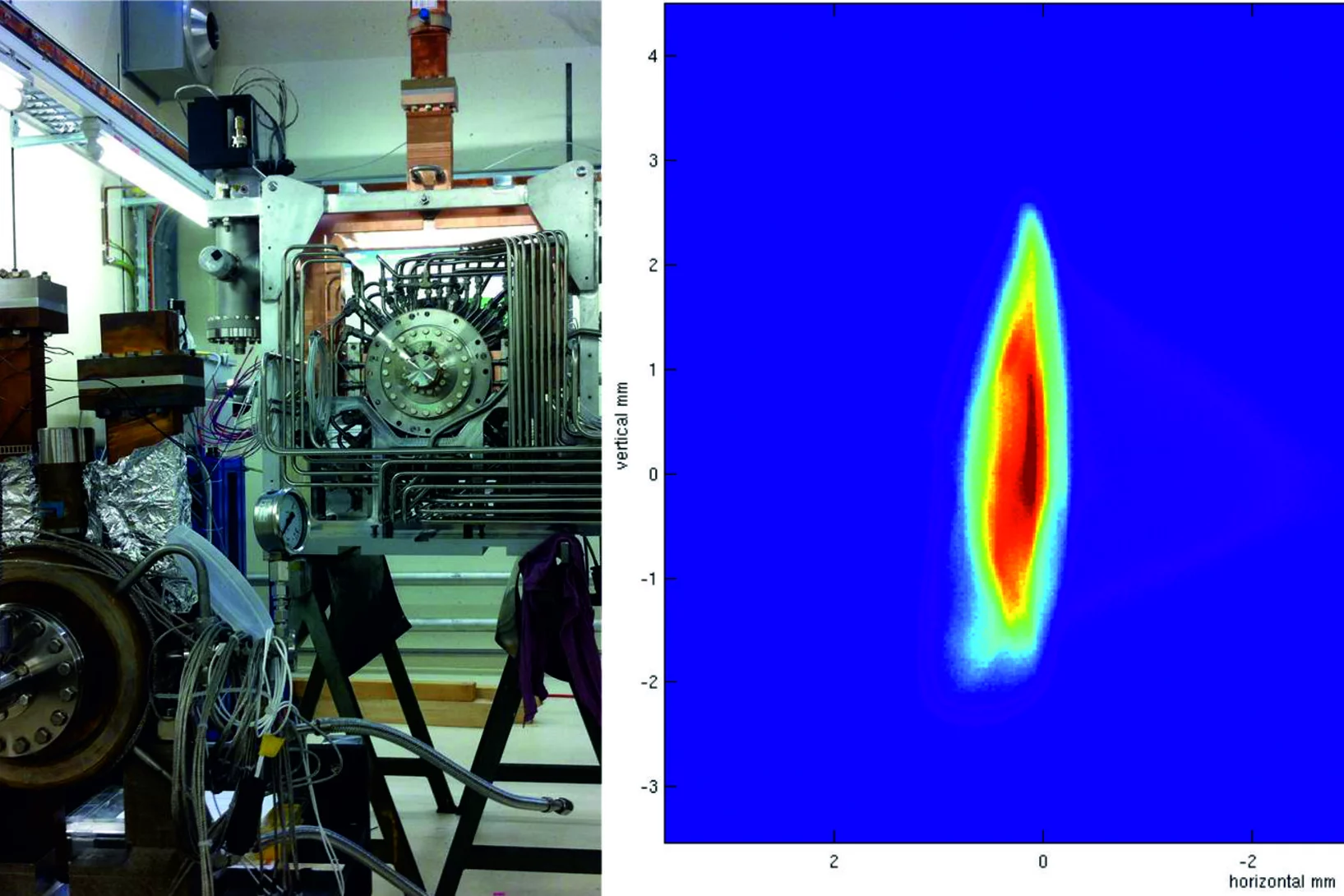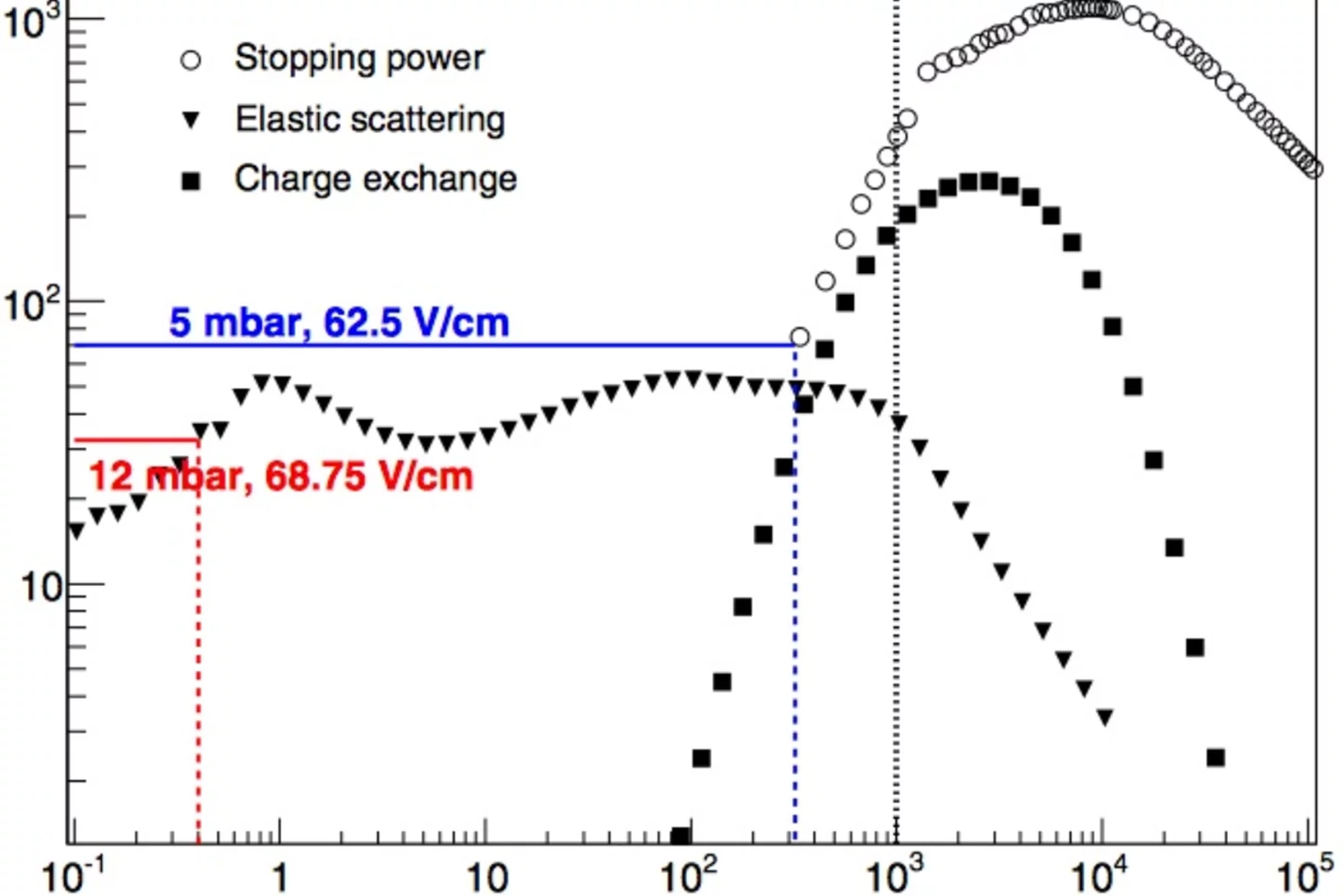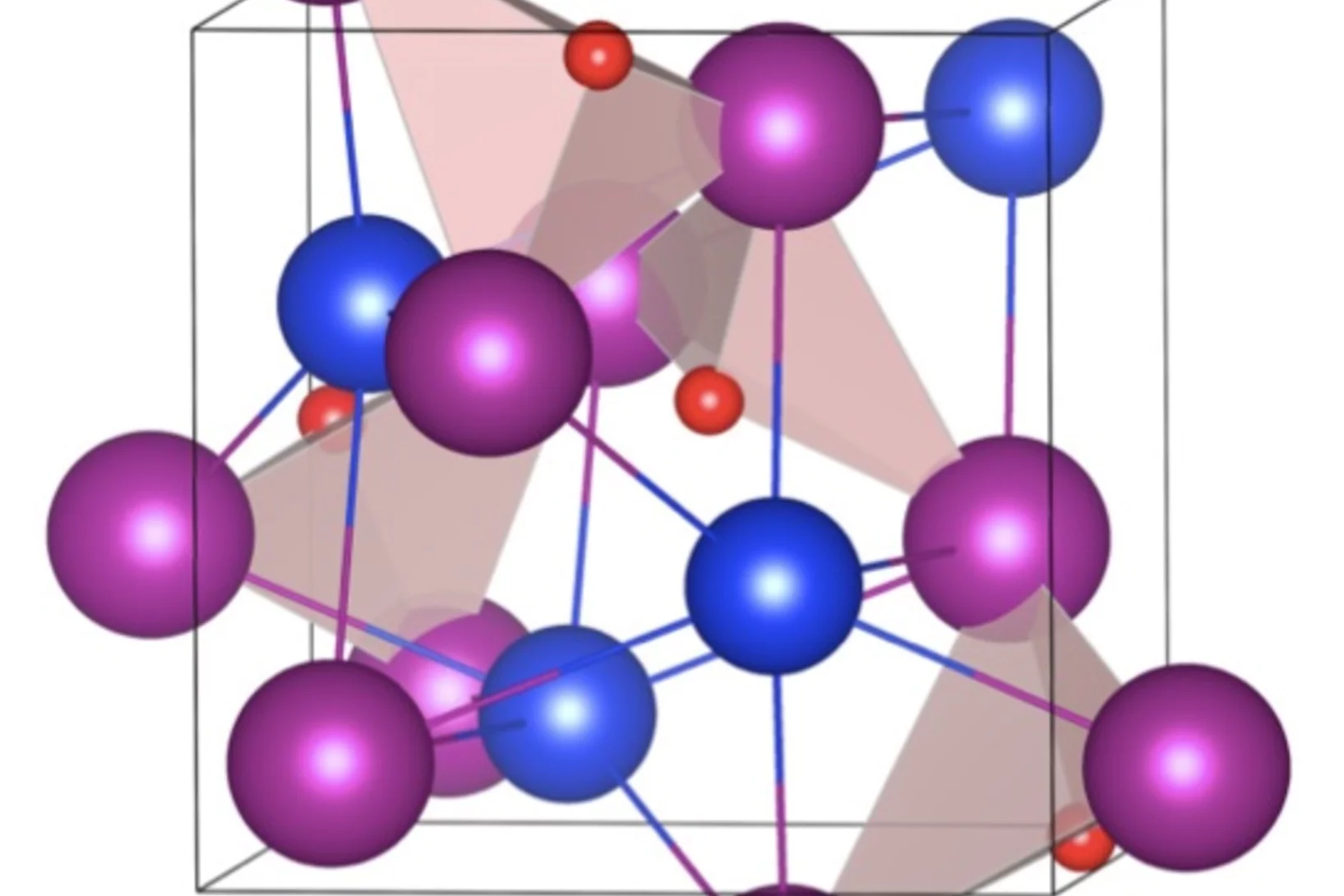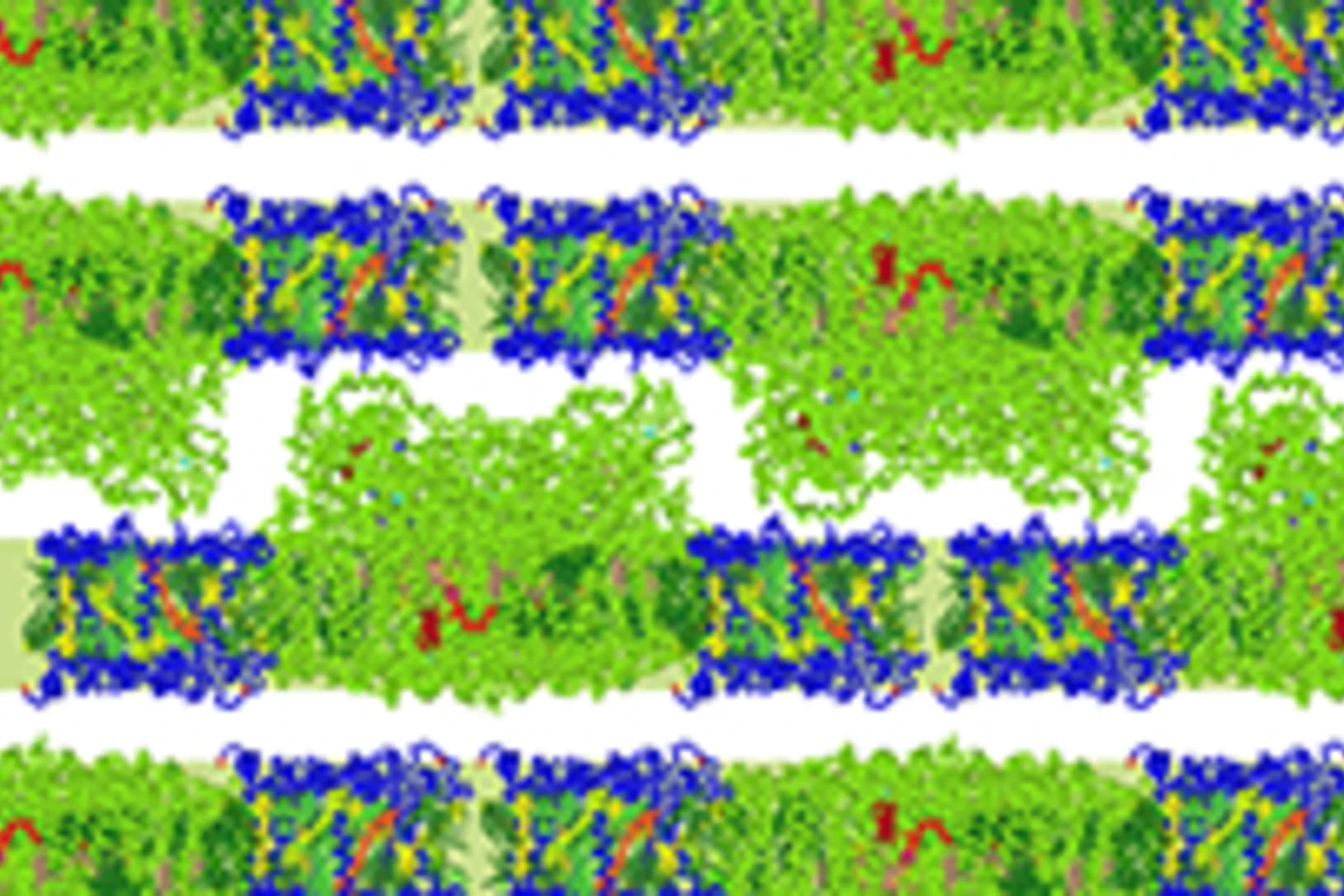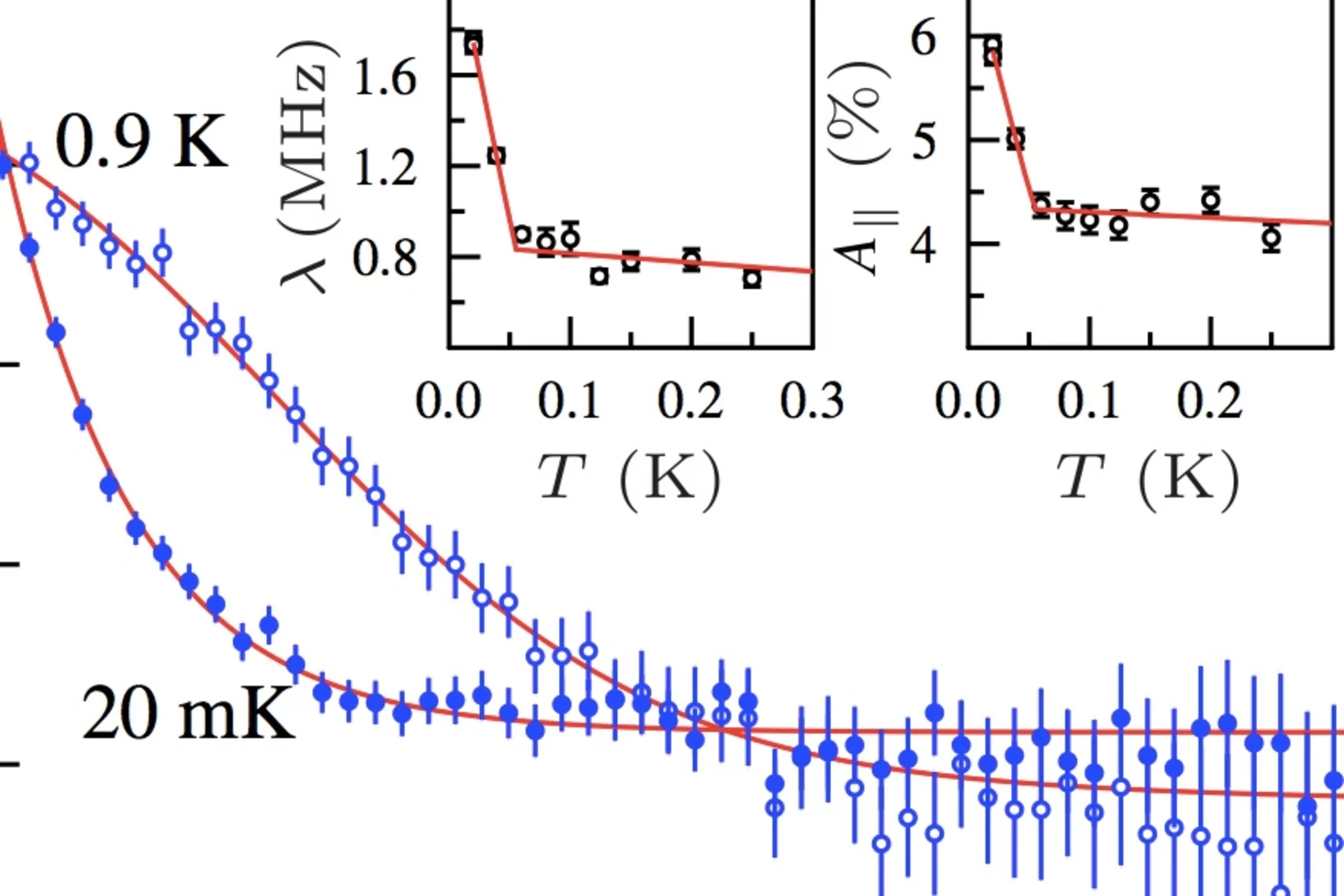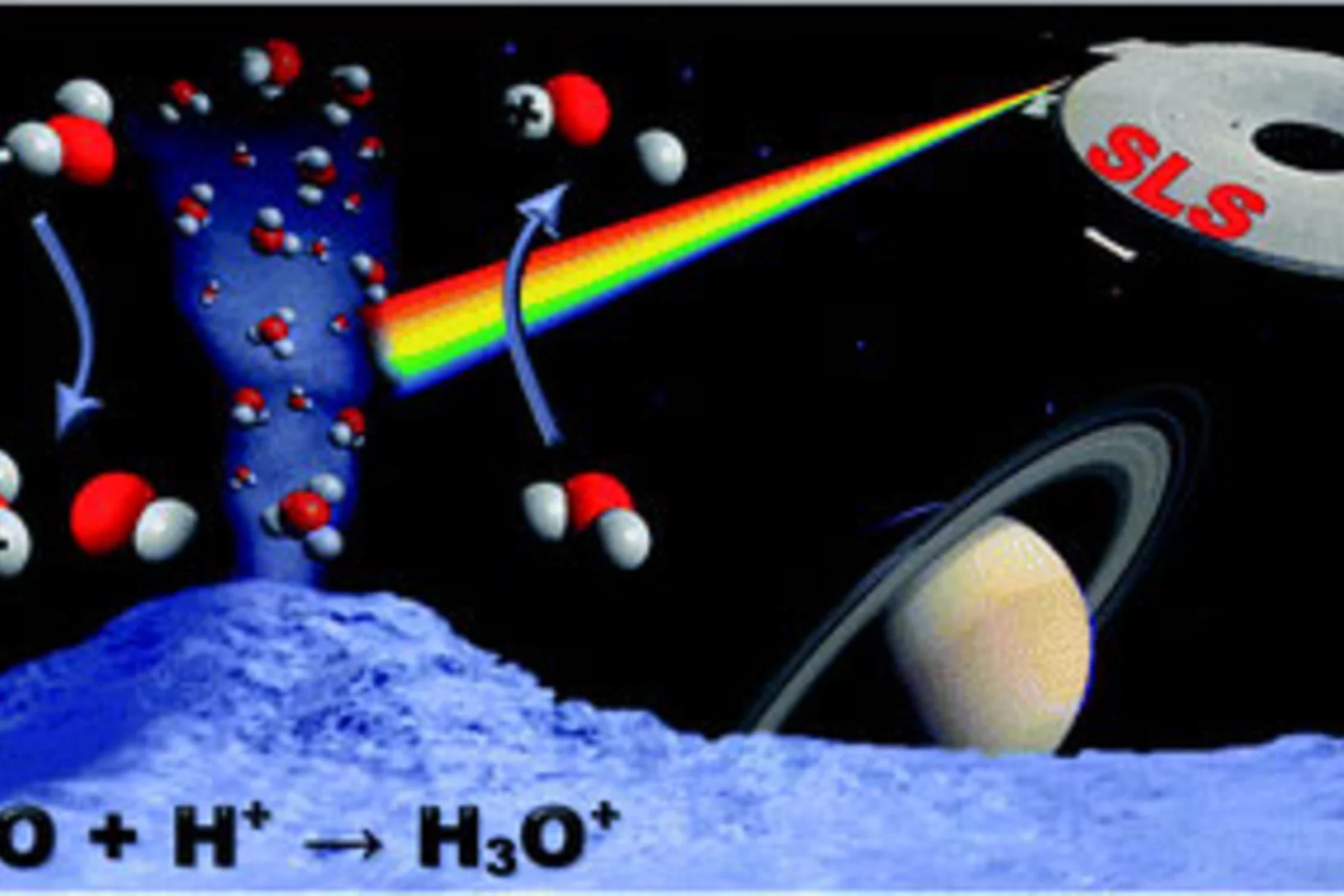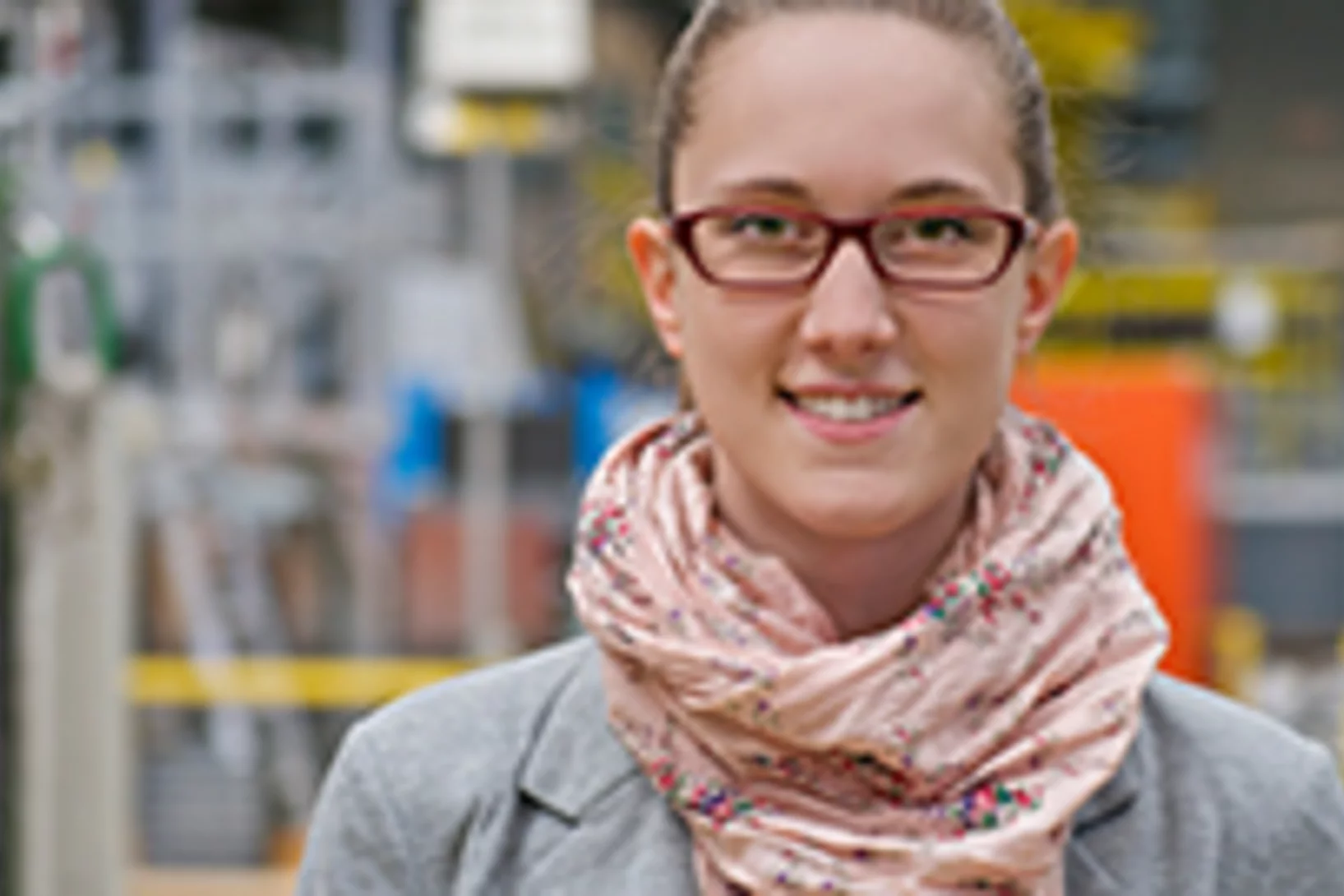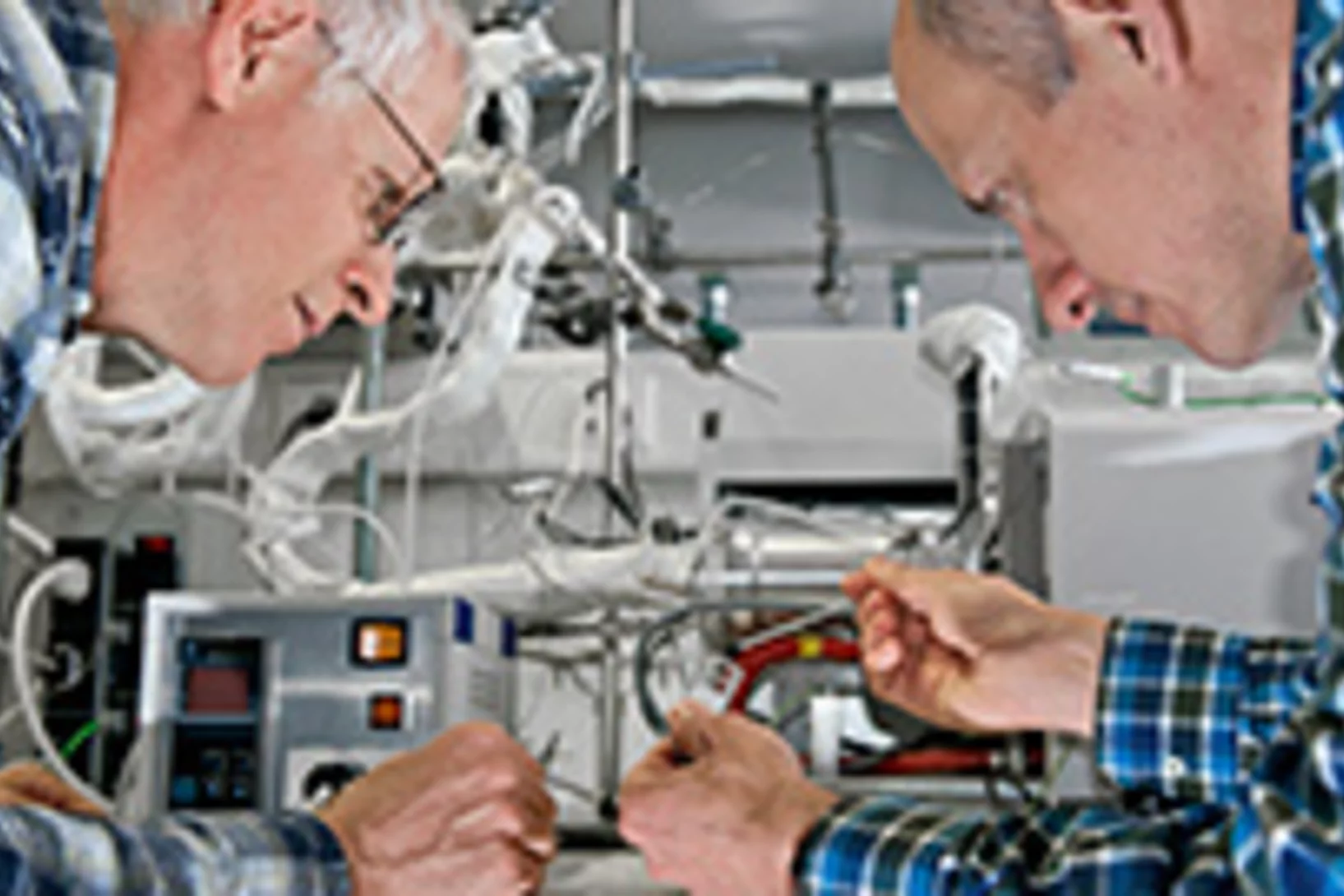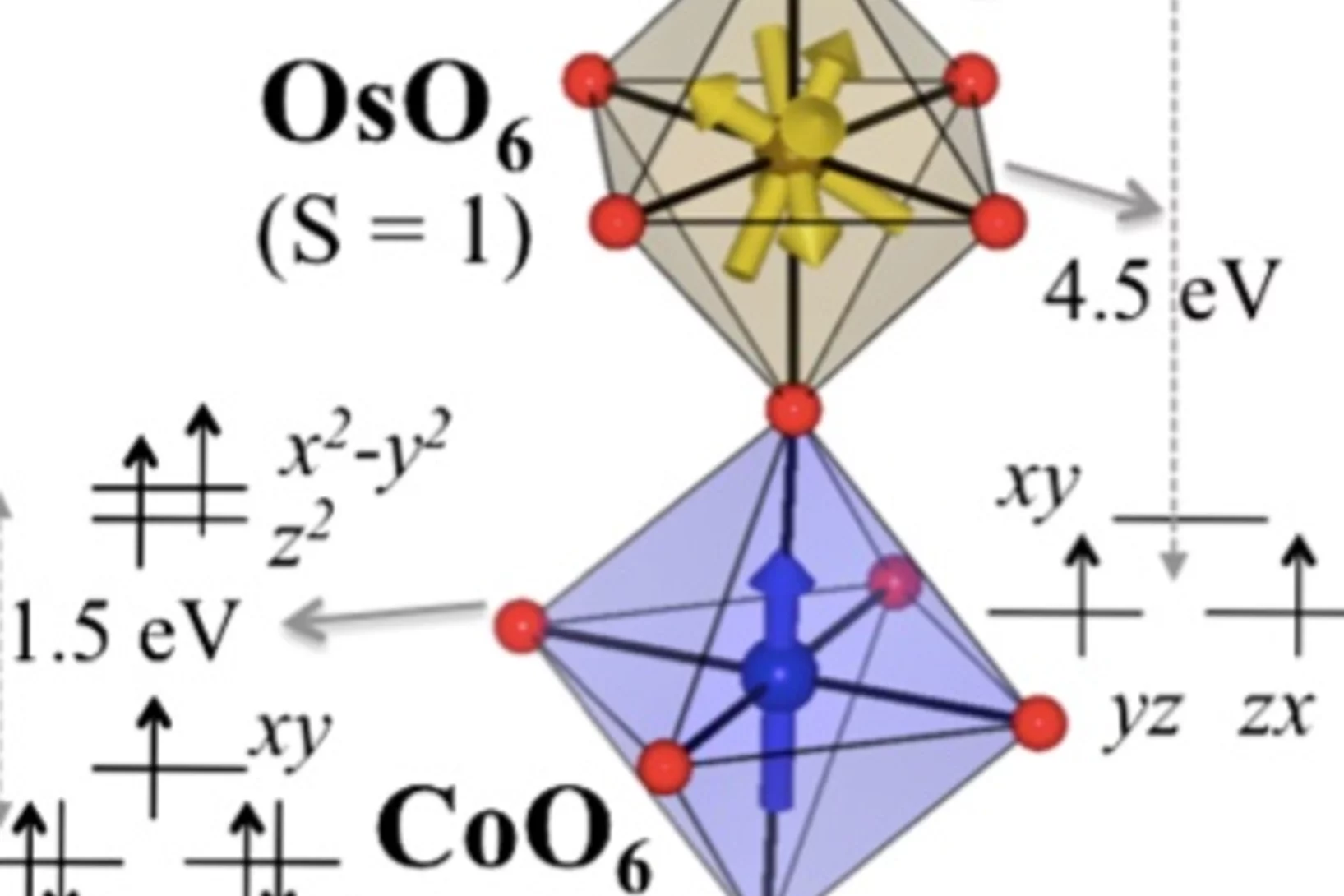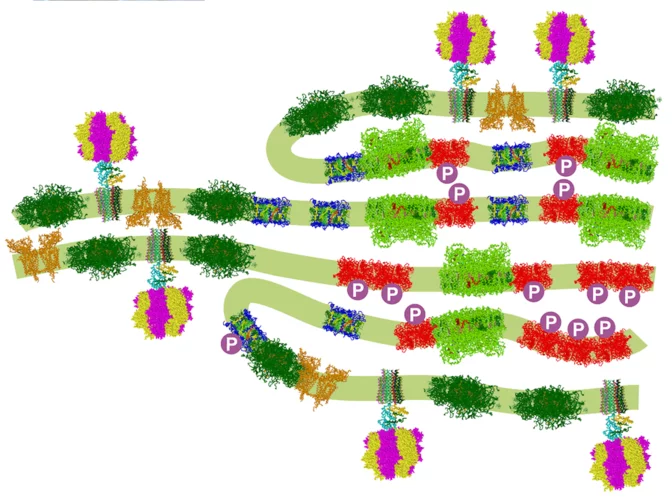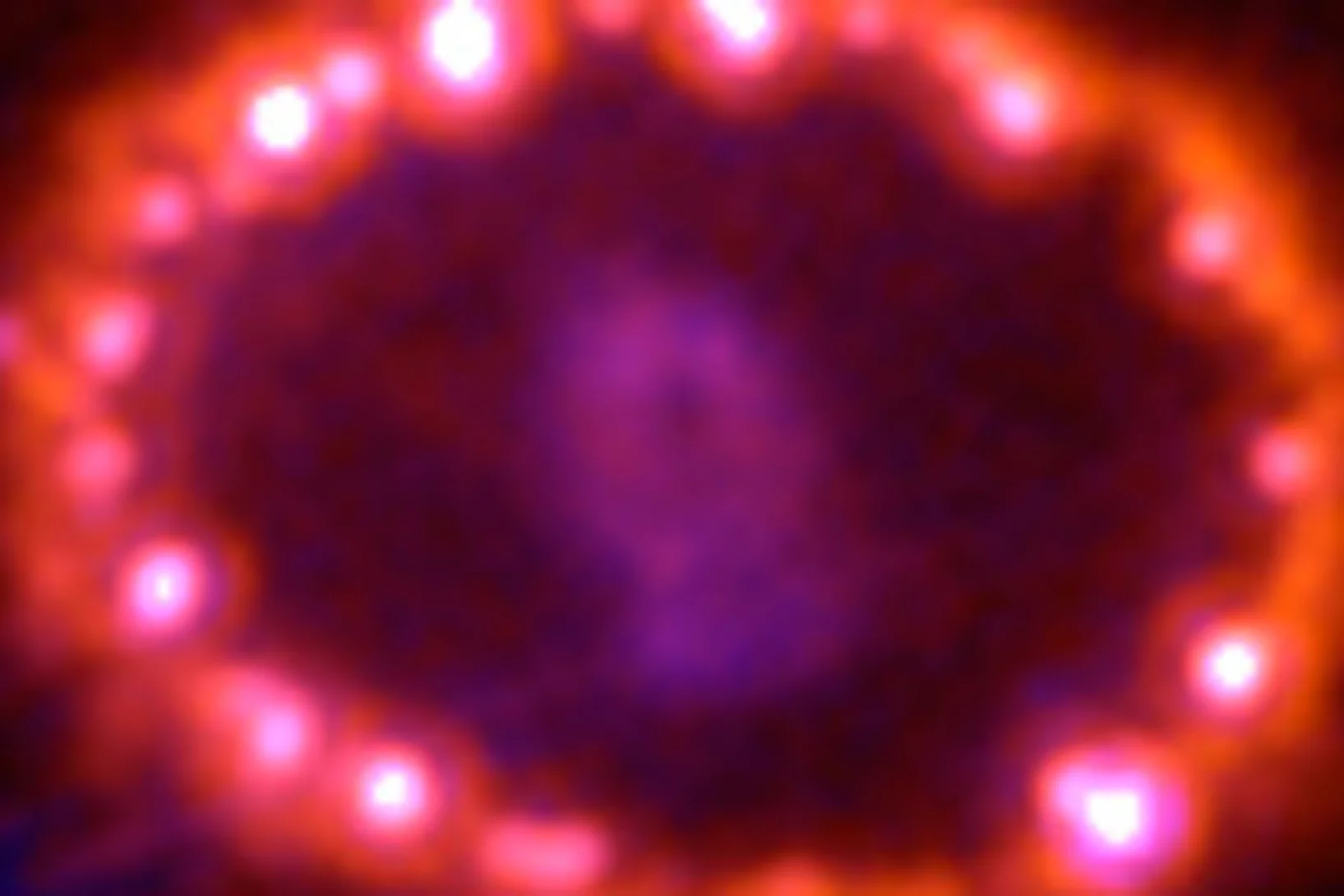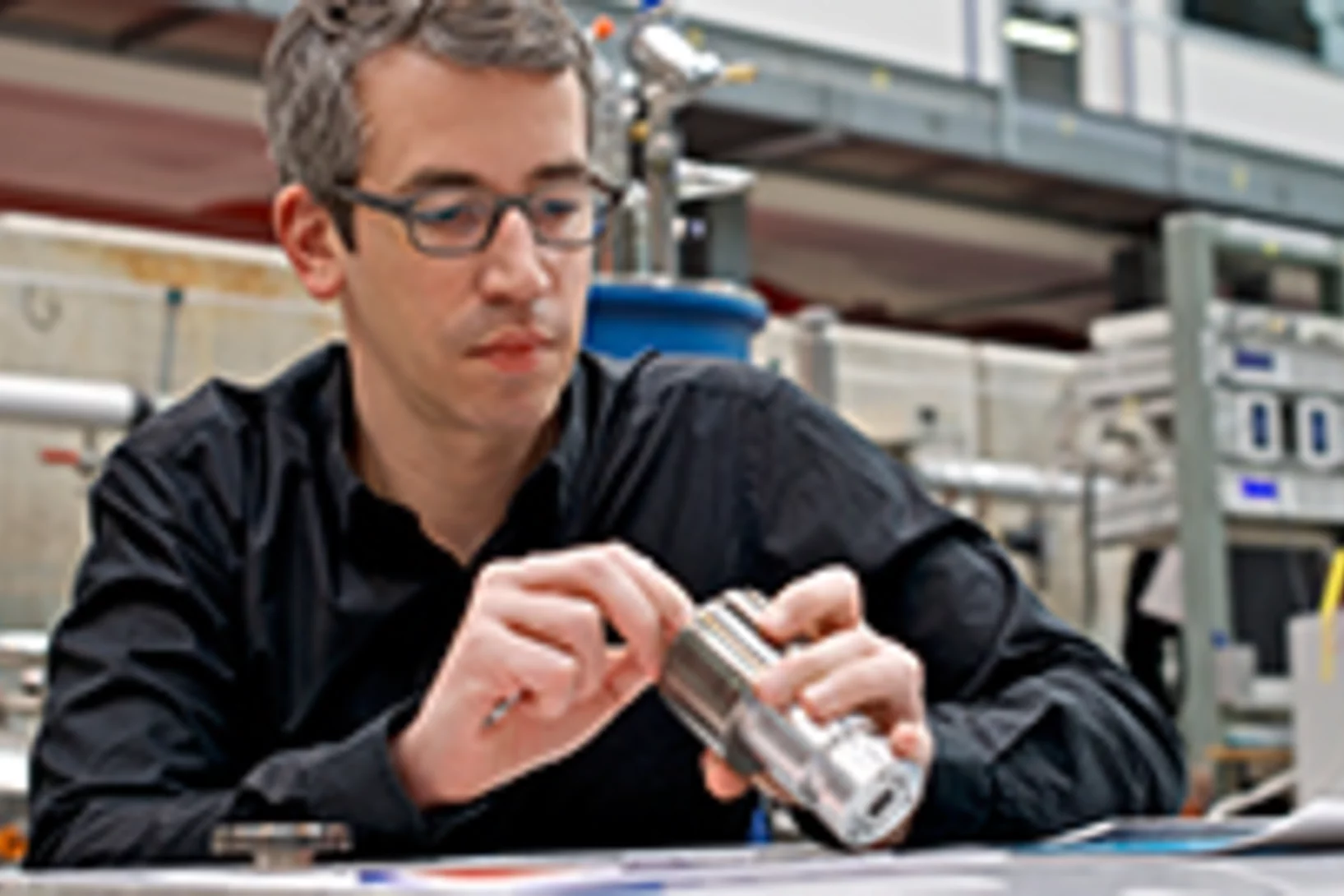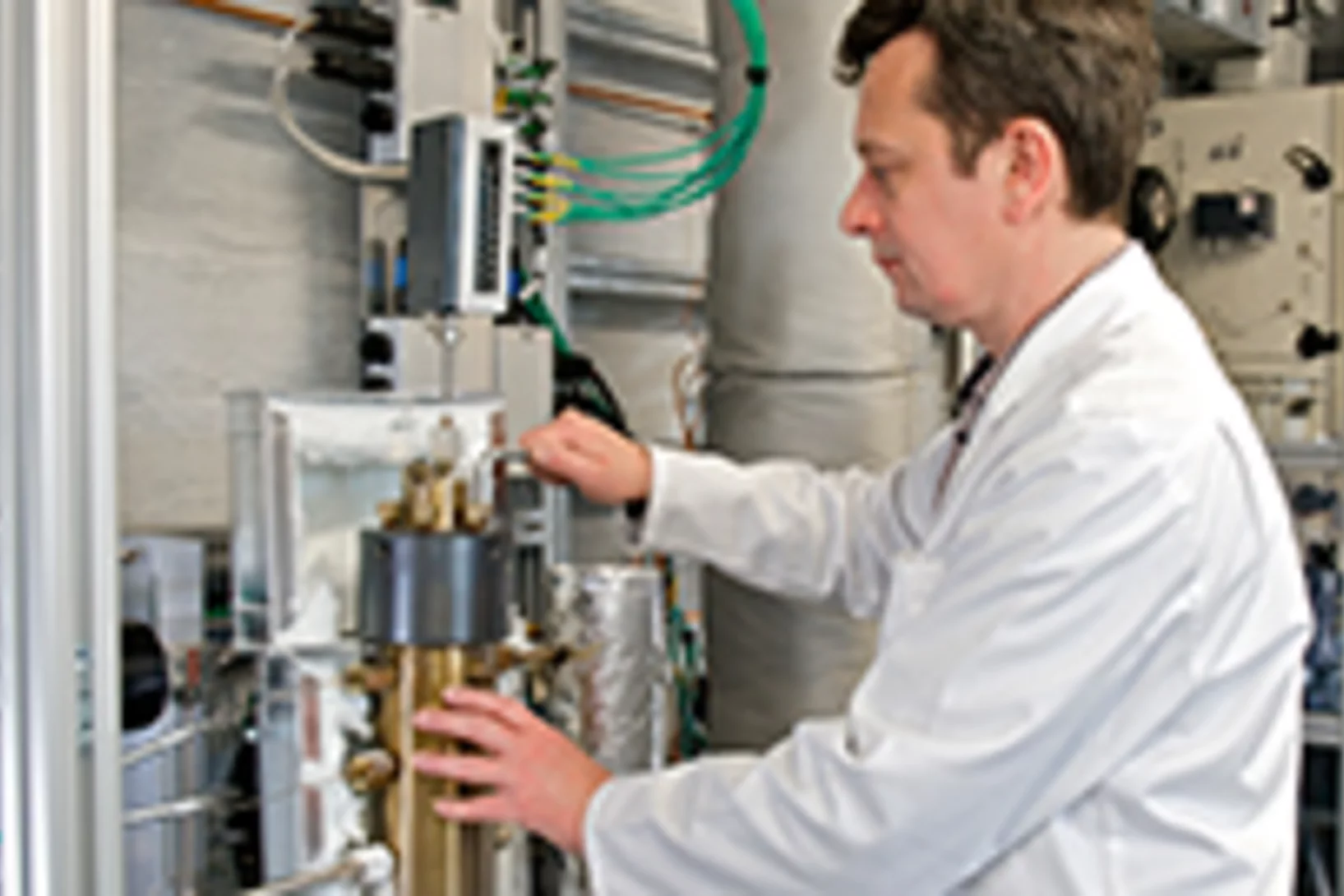Shifting away from nuclear energy, expanding solar and wind power, generating energy from biomass, reducing energy consumption. Switzerland is committed to becoming climate-neutral by 2050. An ambitious goal, which has become more urgent than ever due to the increasingly challenging geopolitical situation. How can a sustainable and resilient energy supply for Switzerland be established over the coming years? What's the optimal way to use renewable energy sources? What new technologies are especially promising? At PSI, researchers are seeking answers to these crucial questions.
Polychlorinated biphenyls in glaciers
We present a highly time-resolved historical record of polychlorinated biphenyls (PCBs) from an Alpine ice core (Fiescherhorn glacier, Switzerland). Introduced in the 1940s, PCBs were widely used industrial chemicals. Because of their persistence they are still found in the environment, long after their production phase-out. The Fiescherhorn ice core record covers the entire time period of industrial use of PCBs, that is, 1940?2002. The total concentration of six PCBs varies from 0.5 to 5 ng/L and reveals a temporal trend, with an 8-fold increase from the early 1940s to the peak value in the 1970s.
Coherent structural dynamics of a prototypical Charge-Density-Wave-to-Metal transition
In so called charge-density-wave compounds, the peculiar shape of the Fermi surface as well as electron-phonon coupling lead to a low-temperature broken symmetry ground state. This state is characterized by a modulation of the charge density (hence the name) and, via electron-phonon coupling, a distortion of the equilibrium lattice positions.
Origin of Anomalous Slip in Tungsten
Low-temperature deformation of body-centered cubic metals shows a significant amount of plastic slip on planes with low shear stresses, a phenomenon called anomalous slip. Despite progress in atomistic modeling of the consequences of complex stress states on dislocation mobility, the phenomenon of anomalous slip remained elusive. Using in situ Laue microdiffraction and discrete dislocation dynamics in micrometer sized tungsten single crystals, we demonstrate the occurrence of significant anomalous slip. It occurs as a consequence of cross kinks, topological configurations generated by prior dislocation interactions.
A dark state sheds light
The molecule dicarbon (C2) is present in all flames where a carbon-containing fuel is combusted. C2 burns visibly, is behind the blue colour inside a candle flame and could also play a key role in the formation of soot. Now, for the first time, scientists from the Paul Scherrer Institute have rendered a previously invisible C2 energy state, a so-called dark state, visible. Not only is its discovery interesting for combustion researchers; it also solves a century-old puzzle in the spectrum of this omnipresent molecule.
Identification of transitions between liquid water and ice with dual spectrum neutron imaging
The ability to start up at sub-zero Celsius temperatures is a prerequisite for the use of fuel cells in automotive applications, but specific measures need to be taken to prevent the product water to freeze and block the gas supply pathways. In this context, a method for imaging the distribution of liquid water and ice from neutron imaging experiments was developed.
Tag der offenen SwissFEL-Baustelle
Vergangenen Sonntag luden das Paul Scherrer Institut PSI und die Arbeitsgemeinschaft EquiFEL Suisse die Einwohnerinnen und Einwohner der Umgebung zum Tag der offenen SwissFEL-Baustelle ein. Rund 600 Interessierte informierten sich an mehreren Stationen über den aktuellen Bau- und Projektstand.This news release is only available in German.
Ice in fuel cells imaged directly for the first time
Researchers from the Paul Scherrer Institute (PSI) have succeeded in imaging the distribution of frozen and liquid water in a hydrogen fuel cell directly for the first time. They applied a new imaging technique that uses successively two beams with different neutron energies to distinguish between areas with liquid water and those with ice extremely reliably. The method therefore opens up the prospect of studying one of the main problems of using fuel cells to power vehicles: ice can clog the pores in the fuel cells and affect their performance. The PSI scientists’ results will be published in the journal Physical Review Letters on 16 June 2014.
13th International Conference on Muon Spin Rotation, Relaxation and Resonance (μSR2014)
The 13th International Conference on Muon Spin Rotation Relaxation and Resonance (μSR2014), organized by our Laboratory for Muon Spin Spectroscopy in collaboration with the University of Zürich and the University of Fribourg, closed on June 6th in Grindelwald.
Sixteen nanometres in 3D
Researchers from the Paul Scherrer Institut (PSI) have devised a method that opens up new scales of tomographic imaging and will thus allow in the future highly resolved measurements of biological and materials science specimens. With the aid of a special prototype instrument at the Swiss Light Source (SLS), they achieved a 3D resolution of sixteen nanometres in a large sample and thus set a new world record in X-ray tomography.
First beam from the SwissFEL electron gun
The new 3 GHz photocathode gun will provide the electron bunches for SwissFEL and has recently been installed in the SwissFEL injector test facility. There, it replaced the CTF2-gun 5, borrowed from CERN. The new gun is capable now of operation with 100Hz repetition frequency and a higher field on cathode and improved field symmetry. After RF conditioning of about 4 days, the gun reached the nominal acceleration gradient of 100 MV/m at an input power of about 17 MW and pulse-width of 1 microsecond.
Muon Cooling: Longitudinal Compression
A 10 MeV/c positive muon beam was stopped in helium gas of a few mbar in a magnetic field of 5T. The muon 'swarm' has been efficiently compressed from a length of 16cm down to a few mm along the magnetic field axis (longitudinal compression) using electrostatic fields. The simulation reproduces the low energy interactions of slow muons in helium gas. Phase space compression occurs on the order of microseconds, compatible with the muon lifetime of 2μs. This paves the way for the preparation of a high- quality low-energy muon beam, with an increase in phase space density relative to a standard surface muon beam of 107. The achievable phase space compression by using only the longitudinal stage presented here is of the order of 104.
From amateur firework-maker to battery researcher
Portrait of PSI doctoral student Patrick Lanz
Patrick Lanz already discovered a fascination with the world of science and technology during his school days. As an electrical engineer, his father had a decent selection of electronics sets for him to tinker with. However, the young Patrick did not merely content himself with remote-controlled cars. He set about systematically disassembling his toys in a quest to find out how they worked. Later, Lanz also began opening small batteries because he wanted to understand “what went on inside” – probably the first step on the path to his present role as a battery researcher.
Engineering apprentice on the move
This year, Rebekka Liefert completes her four-year training as an engineering apprentice at PSI. What she liked about the research institute was that it almost only makes prototypes. The components for the research facilities are usually individual pieces at PSI. Series production didn’t appeal to her; she quickly got bored. I can’t sit still. That’s why the variety here is perfect for me.
Understanding the μSR spectra of MnSi without magnetic polarons
Transverse-field muon-spin rotation (μSR) experiments were performed on a single crystal sample of the noncentrosymmetric system MnSi. The observed angular dependence of the muon precession frequencies matches perfectly the one of the Mn-dipolar fields acting on the muons stopping at a 4a position of the crystallographic structure. The data provide a precise determination of the magnetic dipolar tensor. In addition, we have calculated the shape of the field distribution expected below the magnetic transition temperature TC at the 4a muon site when no external magnetic field is applied.
New insight into photosynthesis
The way that algae and plants respond to light has been reinterpreted based on results from recent experiments. Under particular lighting conditions during photosynthesis, the well-ordered stacking and alignment of light-sensitive membranes in the algae are disrupted. There is no significant movement of the membrane embedded light harvesting proteins, which rather become largely inactive. These new findings challenge widely accepted views of how algae respond to light where the light harvesting proteins were thought to move around the membranes.
Big building on a millimetre scale
For the electrons to reach the necessary energy level, their path in the linear accelerator needs to be absolutely straight. Even the slightest bend means a loss of energy, which the comparatively short SwissFEL linear accelerator cannot afford. Consequently, even the earth’s curvature needs to be balanced out while constructing the building, which not only requires state-of-the-art measurement technology, but also continuous monitoring.
Controlling Magnetic Order and Quantum Disorder in Molecule-Based Magnets
We investigate the structural and magnetic properties of two molecule-based magnets synthesized from the same starting components. Their different structural motifs promote contrasting exchange pathways and consequently lead to markedly different magnetic ground states. Through examination of their structural and magnetic properties we show that [Cu(pyz)(H2O)(gly)2](ClO4)2 may be considered a quasi-one- dimensional quantum Heisenberg antiferromagnet whereas the related compound [Cu(pyz)(gly)](ClO4), which is formed from dimers of antiferromagnetically interacting Cu2+ spins, remains disordered down to at least 0.03 K in zero field but shows a field-temperature phase diagram reminiscent of that seen in materials showing a Bose-Einstein condensation of magnons.
Cloud formation takes ingredients from the forest
Scientists know that clouds have a net cooling effect on our planet but the exact magnitude of that cooling effect is not exactly known. A new study by the CLOUD experiment (Cosmics Leaving OUtdoor Droplets) at CERN sheds light on the very first step of cloud formation, thereby contributing to a better understanding of the cloud-climate connection. The study was led by scientists at the Paul Scherrer Institute (PSI) and was published on 16 May 2014 in the journal Science
Phase contrast improves mammography
Phase contrast X-ray imaging has enabled researchers at ETH Zurich, the Paul Scherrer Institute (PSI) and the Kantonsspital Baden to perform mammographic imaging that allows greater precision in the assessment of breast cancer and its precursors. The technique could improve biopsy diagnostics and follow-up.
Unassuming rampant polluters on two wheels
In some towns small mopeds cause more air pollution than carsNot cars or trucks, but mopeds with their two-stroke engines are the main source of fine particles and other air contaminants in many towns in Asia, Africa and southern Europe. This is revealed by the study of an international research team headed up by researchers at the Paul Scherrer Institute PSI. The reasons for the high emissions are the combustion properties in two-stroke engines and the overly lenient emission requirements for small two-wheelers. The study findings are to be published on 13 May 2014 in the journal Nature Communications.
On the protonation of water
Imaging photoelectron photoion coincidence (iPEPICO) spectroscopy on isolated water molecules and water dimers establishes a new route to determining the water proton affinity (PA) with unprecedented accuracy. A floating thermochemical cycle constructed from the OH+ and H3O+ appearance energies and three other spectroscopic values establishes the water PA as 683.22 ± 0.25 kJ mol−1 at 0 K, which converts to 688.81 ± 0.25 kJ mol−1 at room temperature.
Which aromatic will it be today?
A sort of bio-oil can be extracted from lignin, one of the main components of plants, by thermal decomposition for instance. This pyrolysis oil would be a good fuel if it weren’t corrosive as this makes it difficult to store and transport. However, if the acrid oxygen is removed from the oil, valuable organic materials are left behind, aromatics. PSI researchers have looked at how lignin can be directly produced in a targeted manner from lignin with the help of a wide range of catalysts.
Diesel particle filter and nitric oxide catalyst all rolled into one
Filtering soot and reducing nitric oxide in the same place à engineers have been working on combining these two important tasks of exhaust gas after-treatment in vehicles for a number of years. As researchers from the Paul Scherrer Institute now reveal, this is not unrealistic. At any rate, it shouldn’t fail because of soot.
Lattice-Site-Specific Spin Dynamics in Double Perovskite Sr2CoOsO6
Magnetic properties and spin dynamics have been studied for the structurally ordered double perovskite Sr2CoOsO6. Neutron diffraction, muon-spin relaxation, and ac-susceptibility measurements reveal two antiferromagnetic (AFM) phases on cooling from room temperature down to 2 K. In the first AFM phase, with transition temperature TN1=108K, cobalt (3d7, S=3/2) and osmium (5d2, S=1) moments fluctuate dynamically, while their average effective moments undergo long-range order. In the second AFM phase below TN2=67K, cobalt moments first become frozen and induce a noncollinear spin-canted AFM state, while dynamically fluctuating osmium moments are later frozen into a randomly canted state at T≈5K.
Chloroplast remodeling during state transitions in green algae
In oxygenic photosynthesis photochemical reactions occur in two different photosystems (PSs) and the light-energy conversion is regulated by balancing their activity. Such a power balance requires a sophisticated regulatory mechanism called state transitions, which involve reversible phosphorylation of the light-harvesting complex proteins (LHCIIs) to redistribute absorbed excitation energy between the two photosystems.
Astral matter from the Paul Scherrer Institute
Processes in stars recreated with isotopes from PSIIsotopes that otherwise only naturally exist in exploding stars à supernovae à are formed at the Paul Scherrer Institute’s research facilities. This enables processes that take place inside the stars to be recreated in the lab. For instance, an international team of researchers used the titanium isotope Ti-44 to study one such process at CERN in Geneva. In doing so, it became evident that it is less effective than was previously believed and the previous theoretical calculations of processes in stars need to be corrected.
Quantum and classical criticality in a dimerised quantum antiferromagnet
A quantum critical point (QCP) is a singularity in the phase diagram arising due to quantum mechanical fluctuations. The exotic properties of some of the most enigmatic physical systems, including unconventional metals and superconductors, quantum magnets, and ultracold atomic condensates, have been related to the importance of the critical quantum and thermal fluctuations near such a point.
Quantum melting
Changes to the aggregate state triggered by quantum effects à in physically correct terms, quantum phase transitions à play a role in many astonishing phenomena in solids, such as high-temperature superconductivity. Researchers from Switzerland, Great Britain, France and China have now specifically altered the magnetic structure of the material TlCuCl3 by exposing it to external pressure and varying this pressure. With the aid of neutrons, they were able to observe what happens during a quantum phase transition, where the magnetic structure melts quantum-physically.
Fuel cell know-how from the Paul Scherrer Institute at the core of the SBB minibar
On 4 April 2014 SBB is to launch a new minibar model in its Intercity trains. A fuel cell system including know-how of the Paul Scherrer Institute will also be on board. It will ensure that despite the limited space the minibar will have enough power to brew capuccinos and latte macchiatos, too.
Method for producing energy from wet biomass gets the green light
On 28 March 2014 the topping-out ceremony for a new test facility to study energy production from wet biomass was celebrated at the Paul Scherrer Institute (PSI). The facility housed in a ship container is supposed to produce synthetic biogas from liquid manure, sewage sludge or algae.


